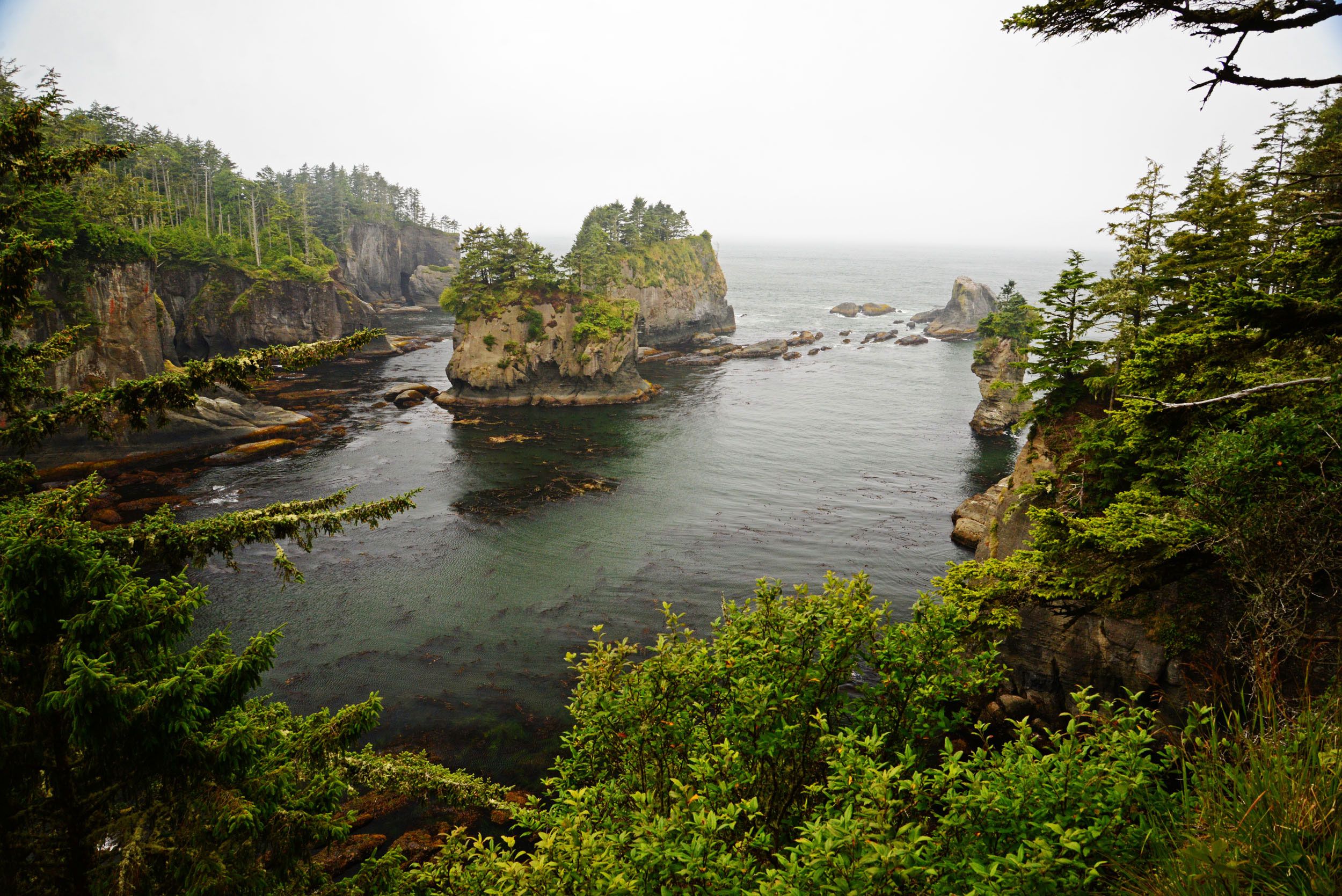What are Geographic Response Plans?
Oil spills pose a risk to sensitive natural, cultural, and economic resources. One important tool in our planning toolbox is the Geographic Response Plan (GRP). GRPs contain pre-identified strategies for specific areas of the state at risk from oil spills. These are pre-approved plans that guide early response actions during oil spills. A list of all Washington State GRPs, including those open for comprehensive updates, can be found online at OilSpills101.wa.gov.
GRP Updates: Comprehensive vs. Interim
GRPs are periodically updated to ensure the information is relevant and up-to-date. These comprehensive updates require a lot of work and often take a year or two to complete. Work is coordinated with other state and federal agencies, tribes, industry partners, oil spill response professionals, and local communities.
GRPs Open for Comprehensive Updates
GRPs currently open for comprehensive updates are listed below, along with the contact information if you have questions or want to participate. Included are any comprehensive GRP updates published this quarter.
- South Puget Sound – Kyle Vincent (kvin461@ecy.wa.gov)
- Admiralty Inlet – Sabrina Floudaras at Sabrina.floudaras@ecy.wa.gov
- Nisqually River—Wendy Buffett at Wendy.Buffett@ecy.wa.gov
- Middle Columbia River—John Day Pool & Dalles – Max Gordon at Max.Gordon@ecy.wa.gov
- Outer Coast – David Prater at David.Prater@ecy.wa.gov
- Stillaguamish River & Skagit River – Nora Haider at Nora.Haider@ecy.wa.gov
Interim GRP Updates during Fall 2025
Because a lot can change in a GRP planning area between comprehensive updates, Ecology is committed to conducting interim GRP updates when necessary. Examples of interim updates include improvements to response strategies resulting from lessons learned during oil spill drills or actual spills, updated contact information, changes to driving directions, and other response-enhancing edits. Ecology publishes interim updates to GRPs on a quarterly basis. Interim updates completed this quarter include the following:
- Middle Columbia River Bonneville Pool – B-145.9L – new (OR GRP)
- Lower Yakima River – YAK-107.1L and YAK-82.8L – new photos
- Sumas River – JONC-1.1 – new photo
- Central Puget Sound – CPS-91e- new photo, recommend sorbent boom over hard boom; CPS-182 is now CPS-4 (CPS-A Priority table has been updated); CPS-183 is now CPS-5; CPS-37, CPS-160a, and CPS-141b – new photos
- North Puget Sound – NPS-77- new photo; NPS-22- new photo, moved anchor point to protect an additional stream; NPS-30 updated strategy location due to restoration
- Spokane River – HMC-6.2R- new photo
- Moses Lake/Crab Creek – CRABC-0.2- new photo
- Outer Coast – Updated Response Contact Sheet
Updates to Ecology’s GIS Maps
Ecology recently migrated to GIS Portal which means the links to the various GIS maps have changed. Along with the links below, the individual GRPs have been updated to include the new links embedded throughout our GRPs. Don’t forget to update your tools, bookmarks, and other places you may have links for the following maps:
- Ecology’s Spills Map https://gis.ecology.wa.gov/portal/apps/experiencebuilder/experience/?id=591270509d254f189fb63d4c2d0af340&page=Page&views=GRPs
- Non-Floating Oils Map https://gis.ecology.wa.gov/portal/apps/instant/sidebar/index.html?appid=b131312aa2cf4addb382f0d0a5642d72
- NWACP In-Situ Burn Policy Map https://gis.ecology.wa.gov/portal/apps/webappviewer/index.html?id=2be7541e2ad04b52ae1dab58b7d046a4
- NWACP Dispersant Policy Map https://gis.ecology.wa.gov/portal/apps/webappviewer/index.html?id=9e2ff4da08c64d28833b041405607090
Everyone has a Role in Improving the State’s GRPs
The oil industry regularly exercises oil spill contingency plans to ensure their readiness to respond to an oil spill. These exercises often involve the deployment of GRP strategies. Each deployment is an opportunity to validate and improve a response strategy’s effectiveness.
GRPs also rely on feedback from professional oil spill responders, natural resource agencies, tribes, and the public. This valuable feedback is reflected in either a comprehensive update or the interim update process.
If you have information or ideas that can make GRPs more effective, Ecology wants to know! Please email GRP feedback or questions to GRPs@ecy.wa.gov. If you are visiting a response strategy site, you can use our GRP Strategy Assessment Form to help document your assessment. We thank you in advance for helping the Northwest Area Committee maintain a high level of readiness to respond to oil spills.
